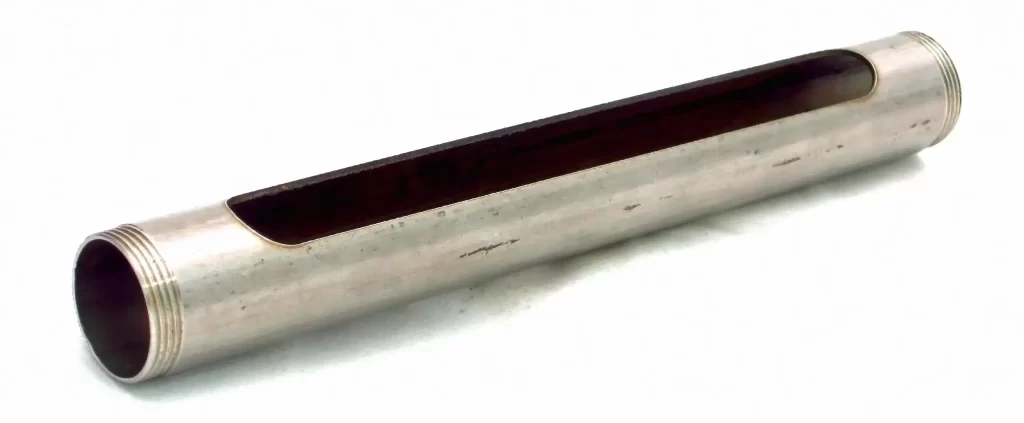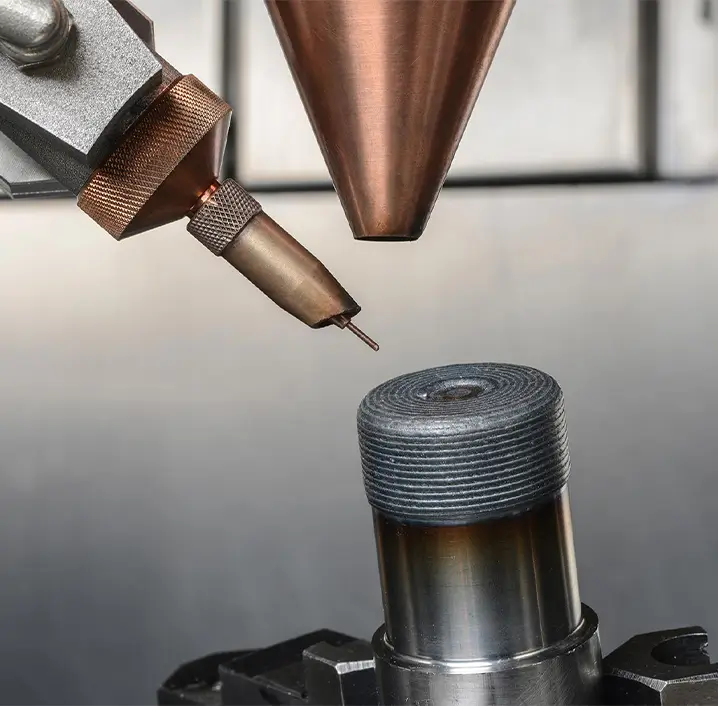Tube laser cutting is an advanced, precise method used for cutting various shapes and profiles into metal tubes with exceptional accuracy. This process accommodates a range of materials including mild steel, stainless steel, and aluminum, and is capable of producing intricate shapes such as I-beams, channel steel, angle steel, elliptical pipes, waist pipes, and multi-deformed pipes.
In tube laser cutting, the laser is employed to achieve precise cuts and intricate designs, making it a highly versatile option for both simple and complex tube geometries. The process can be executed using two primary setups: mounting the laser on a robotic arm or installing the tube in a rotary fixture. This flexibility allows for seamless integration into different production environments and applications.
Laser tube cutting is recognized as a 3D application due to its ability to perform three-dimensional cuts and shapes on cylindrical objects. The technology enables accurate cutting along various angles and orientations, which is particularly valuable for producing components with complex geometries and detailed features.
The benefits of laser tube cutting extend beyond precision and versatility. The process offers significant advantages in terms of speed and efficiency. Laser cutting systems can process tubes quickly, reducing production time and increasing overall productivity. Additionally, the high accuracy of laser cutting minimizes material waste and reduces the need for secondary finishing operations.
Laser tube cutting is also known for its ability to handle various metal thicknesses and types, providing a robust solution for a wide range of industrial applications. Whether the requirement is for structural components, decorative elements, or functional parts, tube laser cutting delivers consistent quality and performance.
In summary, tube laser cutting is a highly precise and efficient technology for producing a wide array of tube shapes and profiles. With its ability to handle different materials and complex geometries, this process enhances productivity and accuracy, making it a valuable tool in modern manufacturing and fabrication industries.

